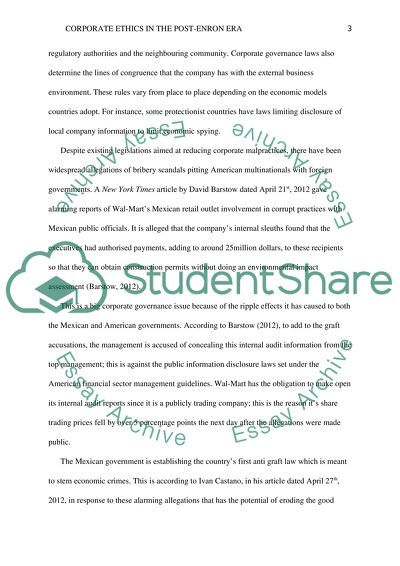Cite this document
(“Post Enron - Research Proposal Example | Topics and Well Written Essays - 2750 words”, n.d.)
Retrieved from https://studentshare.org/law/1398338-post-enron-
Retrieved from https://studentshare.org/law/1398338-post-enron-
(Post Enron - Research Proposal Example | Topics and Well Written Essays - 2750 Words)
https://studentshare.org/law/1398338-post-enron-.
https://studentshare.org/law/1398338-post-enron-.
“Post Enron - Research Proposal Example | Topics and Well Written Essays - 2750 Words”, n.d. https://studentshare.org/law/1398338-post-enron-.


